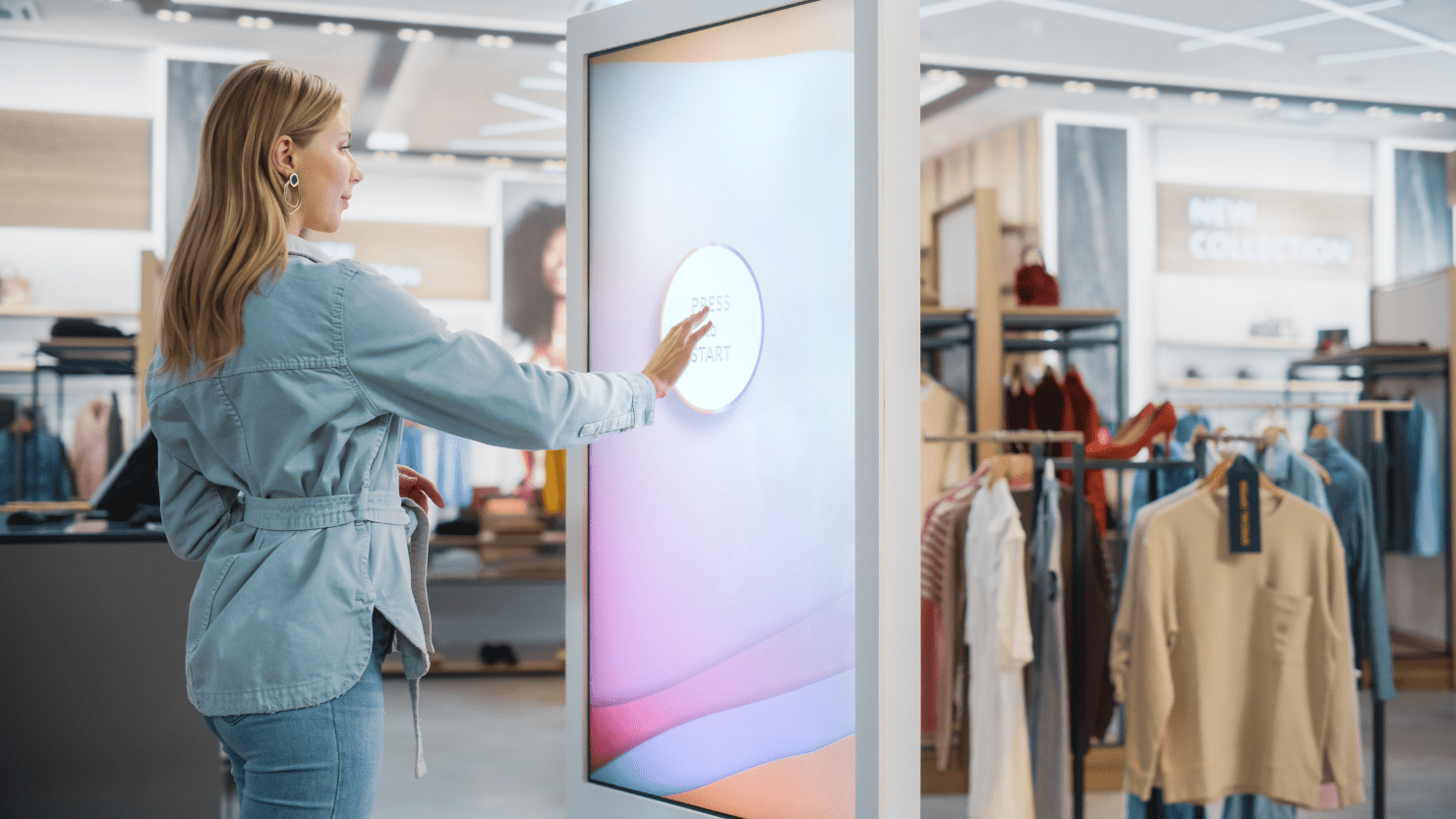Touch technologies
Discover the variety of touch technologies and find the ideal solution for your customers. The table below gives you a quick insight into the different touch technologies used in iiyama monitors.

Advantages
• Very durable
• Scratch-resistant
• Resistant to dust and dirt
• Image performance that is not affected by the touch function
Disadvantages
• Low sensitivity to pressure
Areas of application:
• Business
• Healthcare
• Kiosk systems
• Interactive POS
• Reception, leisure, fitness centres, self-check-in
Infrared
Ideal for conference rooms and educational institutions
Infrared technology enables interactive experiences for multiple users. This is why it is the preferred solution for interactive large format solutions in meeting rooms and classrooms.
Infrared Touch Technology
This technology uses transmitters and receivers to lay an invisible grid of infrared rays across the screen. Interrupting the beams with a finger or pen triggers the touch event.
Infrared touch displays offer a glare-free, high-brightness glass optimised for the use of various applications.
Resistive technology
A resistive touchscreen is often the cheapest display solution. It reacts to pressure, whether from a finger, a special pen or a gloved hand. Resistive touch screens only support a single point of contact. They are particularly reliable and rugged as well as resistant to dirt and moisture, making them ideal for industrial applications. Due to their low brightness, however, they are less suitable for retail or information kiosks.







